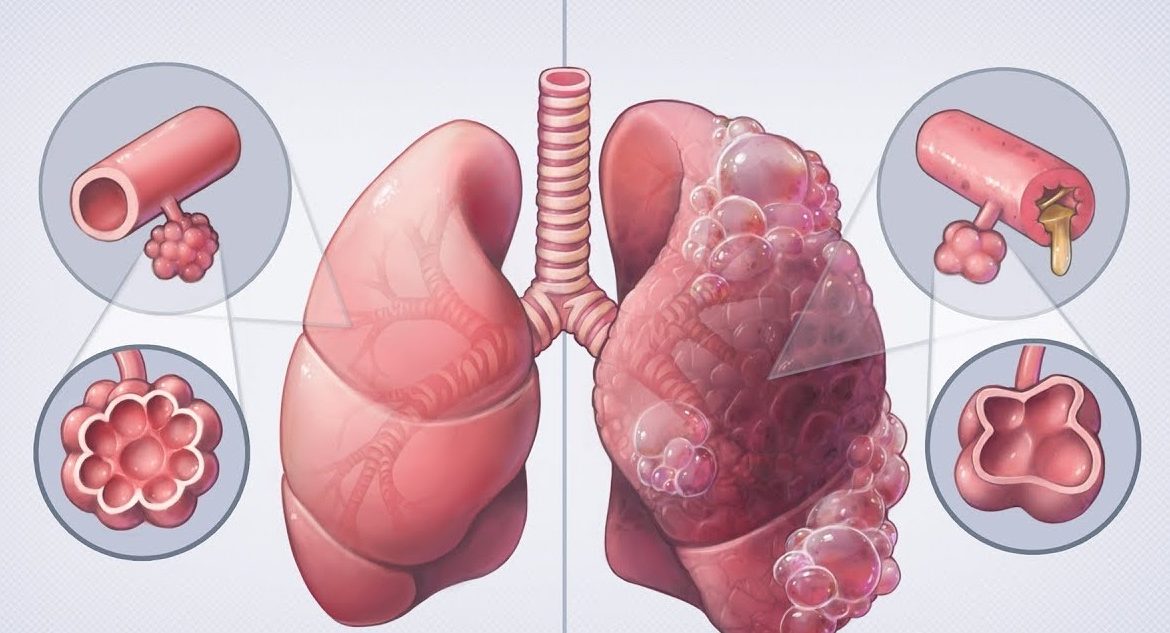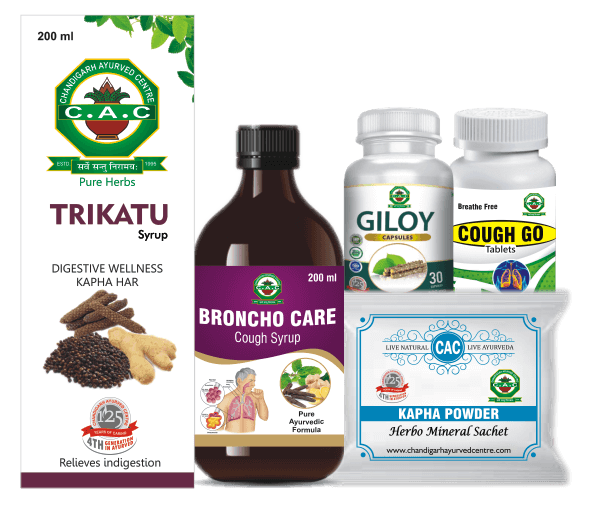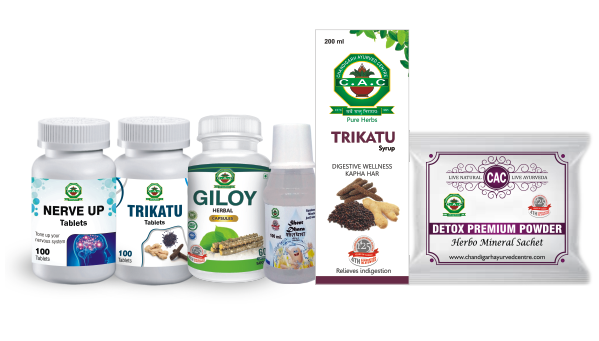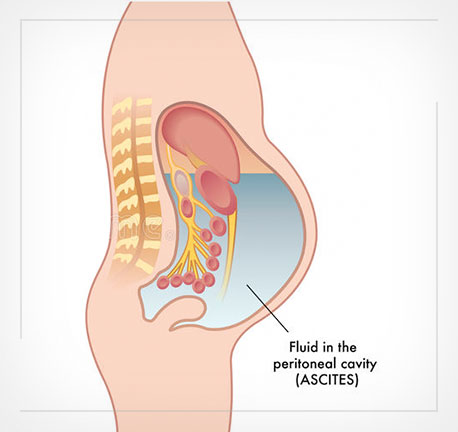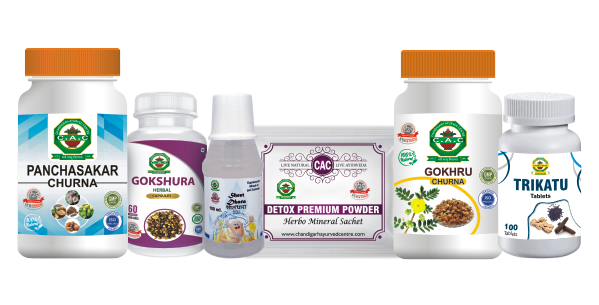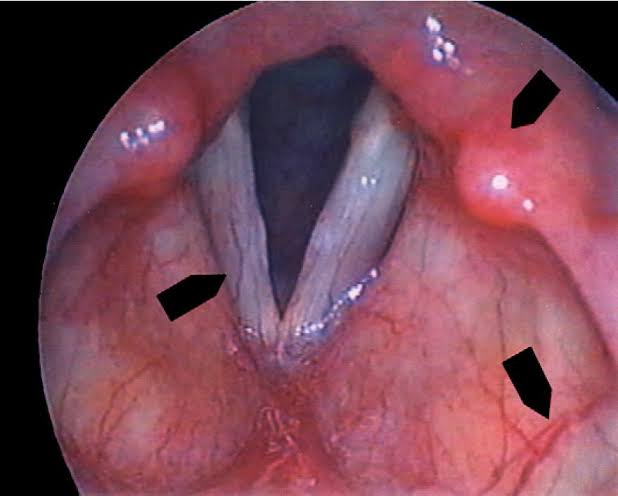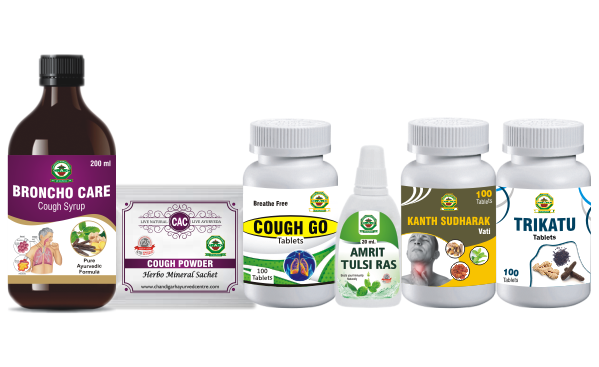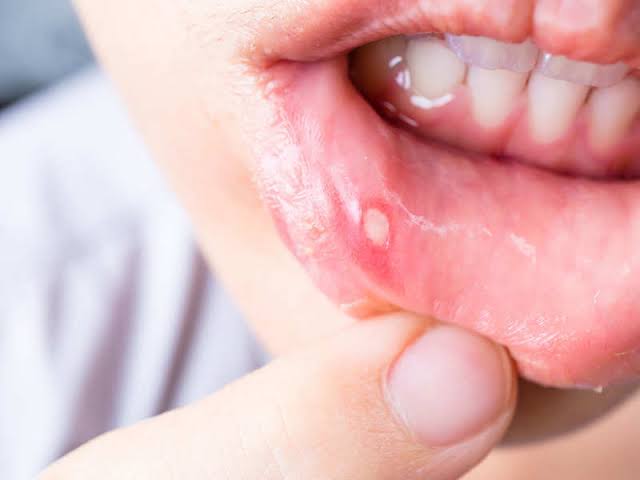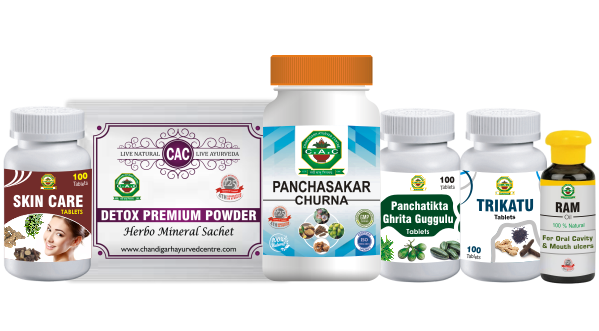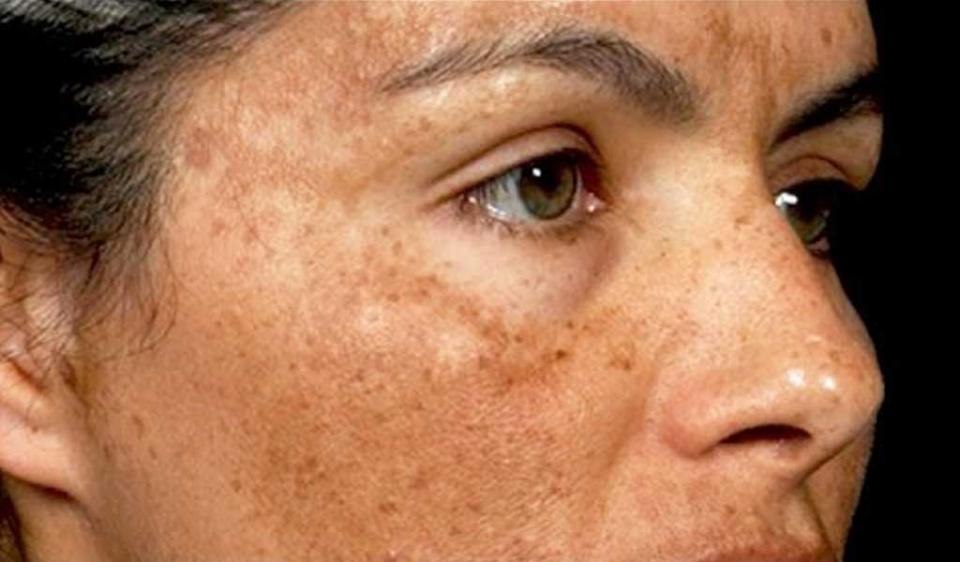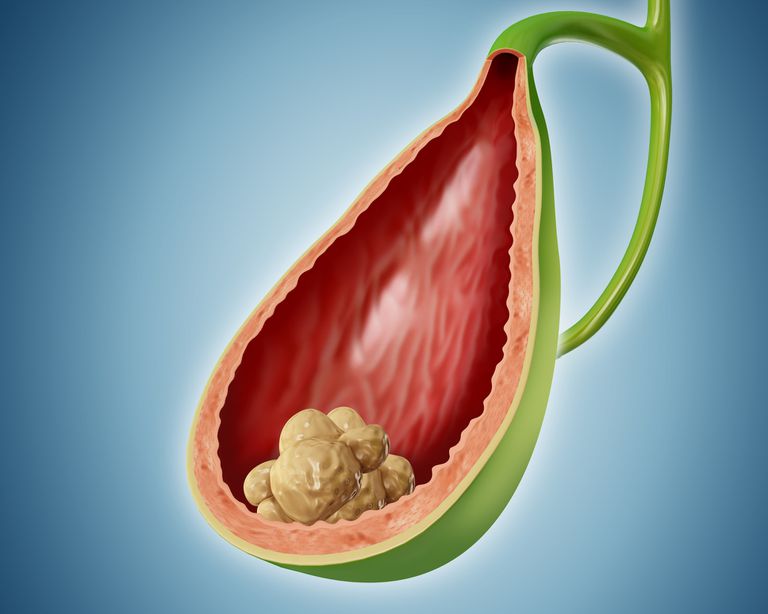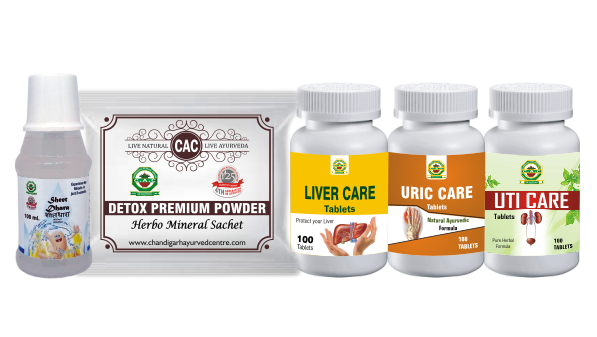When there is inflammation of the airways that carry air to your lungs this condition is known as Bronchitis. This inflammation of the bronchial tubes causes cough with mucus, low-grade fever, shortness of breath, wheezing. If chronic bronchitis than it leads to COPD (Chronic obstructive pulmonary disease).
Excess cigarette smoking is the main cause of bronchitis. Exposure to air pollution, inhalation of dust for a longer period also leads to this disease.
Table of Contents
What are the sign and symptoms of Bronchitis?
The common signs & symptoms of bronchitis are mentioned below in details:
- Cough with mucus
- Chest congestion
- Shortness of breath
- Wheezing
- Low-grade fever
- Running nose
- Sore throat
- Bodyache
- Headache
What are the causes of Bronchitis?
The different causes of Bronchitis are mentioned below in detail:
- Exposure to air pollution
- Inhalation of dust
- Excess smoking
- Bacterial & viral infection
How many types of bronchitis are there?
Bronchitis mainly is divided into two types:-
- Acute Bronchitis – Acute bronchitis is inflammation of the bronchial tube lasting for a short period of time. It is the most common type of bronchitis. In this type, symptoms are similar to cold like sore throat, headache, fatigue, bodyache, etc.
- Chronic Bronchitis – In this type, symptoms are present from longer duration. Other symptoms of chronic bronchitis include cough with mucus, wheezing sounds, shortness of breath, feeling tired, etc.
What is an Ayurvedic view for bronchitis?
Bronchitis in Ayurveda is correlated with kasa roga. In this disease, there is aggravation of vata and kapha dosha. Due to which cough, cold, excessive mucus production, breathlessness, chest congestion, & chest tightness take place. In bronchitis, there is formation of ama in the lungs.
What is an ayurvedic treatment for bronchitis?
In Ayurveda, we use pure herbal formulation to prevent bronchitis. These herbal remedies help in regulating the functions of the lung and stomach. It helps to eliminate mucus and provides easy breathing.
Chandigarh Ayurveda Centre provides you the natural ways to treat bronchitis by using the “Bronchitis Go Kit”. This kit contains ayurvedic medicines which help you to treat bronchitis and other respiratory problems. This kit contains five ayurvedic medicines such as Broncho care syrup, Cough Go Tablets, Cough powder, Giloy capsule, Kaph Ketu Rasa and Amrit Tulsi Ras.
ALL PRODUCTS DESCRIPTION IN DETAIL:
1. Broncho care syrup:
Broncho care syrup is used to eliminate chronic cough, bronchitis, common cold, whooping cough, etc. This ayurvedic syrup contains Vasa patra (Adhatoda vasica), Kantkari (Solanum surattense), Mulethi (Glycyrrhiza glabra), Bharangi (Clerodendrum serratum), Chitrakmool (Plumbago zeylanica), Sonth (Zingiber officinale), Pippali(Piper longum), Lasoda (Cordia dichotoma), Pudina (Mentha spicata), etc. These ingredients show antioxidant, anti-inflammatory, expectorant, bronchodilator properties.
Recommended Dosage – Take 2 teaspoonful twice a day.
2. Cough Go Tablets:
Cough Go tablets are ayurvedic formulation containing ingredients like Sonth (Zingiber officinale), Mulethi (Glycyrrhiza glabra), Pippali (Piper longum), Kali mirch (Piper nigrum), etc. These tablets are very effective in bronchitis, cough, cold, nasal problems, and other respiratory problems.
Recommended Dosage – Take 1 tablets twice a day with normal water.
3. Cough powder:
This ayurvedic powder is very effective in cough with mucus, cold, and other respiratory disorders. Cough powder is a mixture of some ayurvedic ingredients like talisadi churna, abharak bhasam, godanti bhasam, lakshmi vilas rasa, yashtimadhu churna, tankan bhasma, kaph ketu ras. These ingredients in combination show antioxidant, anti-inflammatory, bronchodilator, & expectorant properties.
Recommended Dosage: Take 1 sachet twice a day with honey.
4. Giloy capsule:
Giloy capsules are formed with the standardized extract of herb giloy (Tinospora cordifolia). The Giloy herb improves immunity, removes toxins from body, purifies blood, beneficial in cough, cold, fever, & bronchitis.
Recommended Dosage: Take 2 capsules twice a day with normal water.
5. Trikatu Syrup:
Trikatu combines the goodness of Black pepper, Ginger and, Long pepper to create an herbal remedy for digestive ailments, sluggish metabolism, obesity, and high cholesterol. This syrup has best results in anti-inflammatory, pain-relieving, and expectorant. It also help to tackle the weight problems or obesity. It can modulate your body’s immune response while cutting the characteristic inflammation associated with the back pain.
Recommended Dosage –Take 2 teaspoonful twice a day before meal with normal water.
What is the Panchakarma treatment for Bronchitis?
Along with Ayurvedic medicines start with the Panchakarma treatment for getting good & effective results. The different panchakarma procedures recommended for bronchitis patients are:
1. Abhyangam: In this ayurvedic procedure, lukewarm oil is used to massage over the whole body. Abhyangam increases the blood circulation of the body, stimulates the internal organs of the body, eliminates the impurities from the body, increases stamina, softens the muscle, pacifies vata, lubricates the joints.
2. Nasya: In this procedure, ask the patient to lie down with the head tilted back and put few drops of nasya oil in each nostril. This procedure helps in the elimination of excess kapha dosha, mucus, and nasal congestion. It prevents headache, earache, sore throat, pacifies kapha dosha that is responsible for bronchitis. This procedure removes extra phlegm out from the body.
3. Dhumrapan: In this procedure, after nasaya dhumrapan is given to the patient in which medicated smoking is done for removing the aggravated kapha dosha in the body. It removes extra phlegm, deals with chest congestion, nasal congestion, cough, cold related to bronchitis.
4. Uro Vasti: In this procedure, a ring is formed on the chest region. Lukewarm medicated oil is poured in this ring several times. This help in pacification of the kapha dosha in the body due to which patients get relief from bronchitis condition.
Healthy tips and diet for Bronchitis patients:
Here are some of the tips that a bronchitis patient should follow for remaining healthy:
- Stop smoking.
- Avoid exposure to smoke, dust, chemical fumes.
- Use humidifier.
- Inhale steam from a bowl of hot water. Steam relieves wheezing.
- Drink lots of water which helps to thin out the mucus and makes it easier to expel.
- Take adequate sleep which helps to maintain a healthy immune system.
- Use ginger tea, as ginger act as a good expectorant.
- Take 1 teaspoonful of honey twice a day. Honey has an antibacterial property that soothes the irritated mucous membrane of the airways.
- Drink a steamy bowl of chicken soup as it soothes the inflamed airways.
- Eat plenty of fruits and vegetables which contain nutrients that support your immune system.


